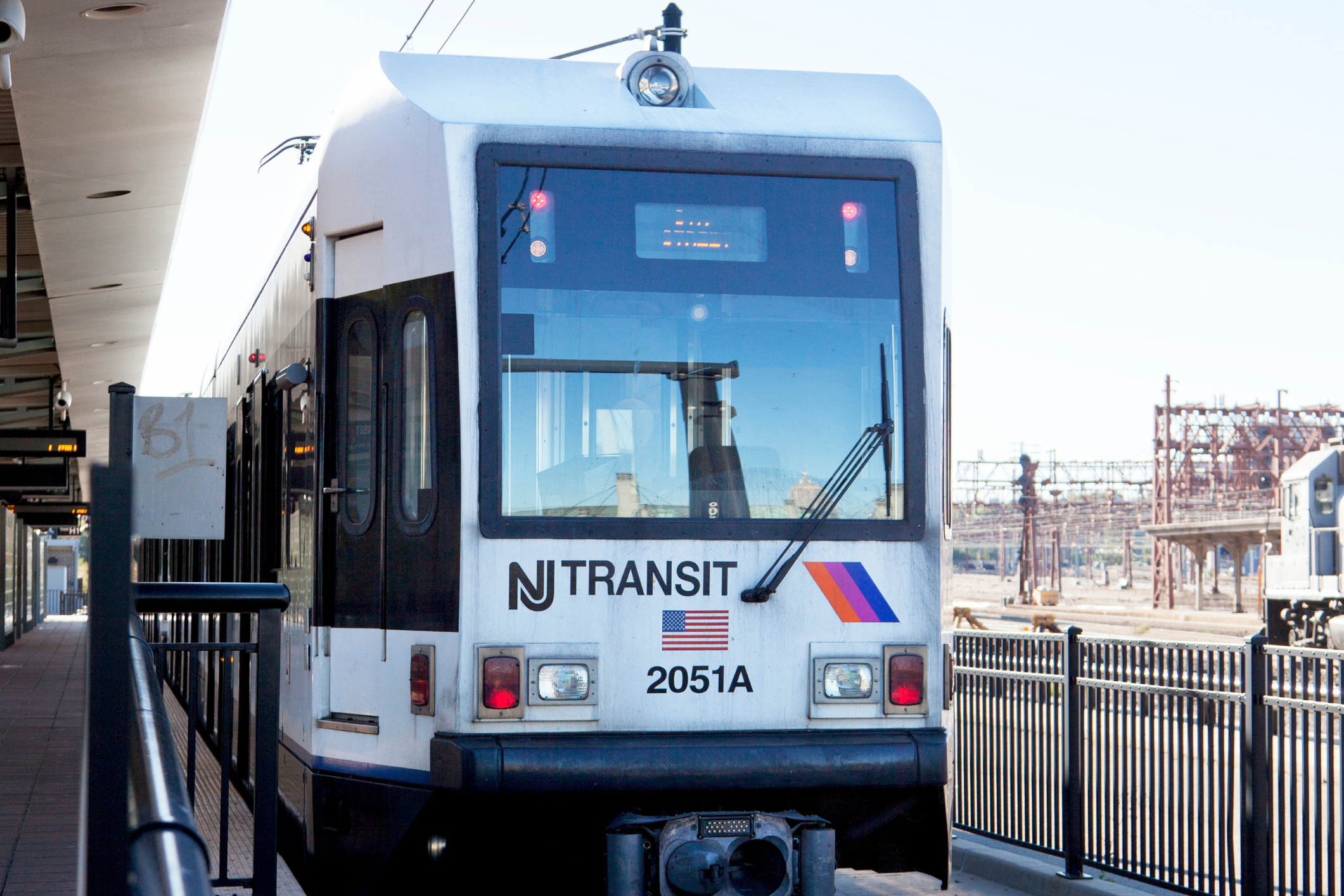By Carla Villacis
The Walter Rand Institute for Public Affairs (WRI) conducts and highlights community-facing research in and for southern New Jersey, and the process of engaging with community members to amplify their thoughts, experiences, and recommendations through research requires us to have data collection practices that take a variety of important factors into account. For this project we’re highlighting community recommendations around transportation in Camden County. Over the last month, WRI has been finalizing the data collection protocols, mapping out the community outreach plan, and putting all the technical and administrative pieces in place. As part of our efforts to place this research within the context of the work that has already been done in the region, we also referenced recent customer satisfaction surveys conducted by NJ Transit, the New Jersey Transportation 2030 plan, a statewide public opinion survey commissioned by the NJ Department of Transportation, and research conducted by fellow regional academic centers.
From the beginning, we had planned to use a combination of surveys and focus groups, keeping in mind that transportation access is a multifaceted issue and data collection around it needs to reflect this sentiment. Surveys can provide us with a snapshot of the prevalence of opinions across the county at large through specific questions about the transportation methods people use, infrastructure priorities, and awareness of transportation initiatives and policies. This data can also help us project which preferences are shared by large numbers across the county and which preferences might be more important to a particular area (e.g., township or zip code) or group (e.g., based on age, income, primary transportation method).
Numerical data only tells part of the story, however, so we often pair surveys with qualitative methods to dive deeper into the nuances of people’s thoughts and opinions. We designed focus groups with a semi-structured guide of open-ended questions to make space for participants to tie together contexts, explain their reasoning through narrative, and express priorities or suggestions that we may not have predicted in the survey. Taken together, the numerical survey and focus group information help to provide a comprehensive picture of the issues, which then informs a targeted approach to addressing gaps and promoting solutions.
The success of data collection is also highly dependent on our ability to engage participants who are representative of all of Camden County. We have therefore been working on raising awareness of the study across the county, being intentional about including populations that might not be included in research methods because of barriers, such as being homebound or without housing, and strategizing to remove barriers to engagement wherever we can. As data collection starts, we will be activating our network of community partners to share the survey securely and through visible channels and to identify accessible locations for in-person focus groups.
While we plan to offer virtual focus groups for those who are homebound or are unable to reach a focus group location, we have found that participant engagement is higher when our research team is able to meet people in their community. From April through June, we will be visiting public events where we can share the study with community members in attendance. In our efforts toward inclusivity in outreach, we will collaborate with community partners working with older adults, unhoused people, Spanish-speaking individuals, and in townships that are further away from the public transportation lines. Over the coming months, we will also monitor participant demographics and township participation rates to shift our outreach plan as needed.
Data collection often is a period of rapid problem-solving, processing information that participants share, and tracking our own observations. For this reason, we think it is important to conclude with a reminder of the goal of this study: to get input from transport users and others in Camden County about the current aspects of transportation that they find useful and the improvements they would like to see. When community members are asked to share their knowledge, conversations tend to revolve around concerns and challenges. Those points of view are exceedingly important, as it enables us to explore the community’s potential to also generate solutions and partnerships, which does not happen as often. Through this fresh approach to the topic of transportation, we aim to capture ideas, zone in on change makers, and activate problem-solving discussions at the community level. These discussions may also reveal community members’ awareness of upcoming transportation changes and initiatives, as well as their own views of opportunities these may bring.

